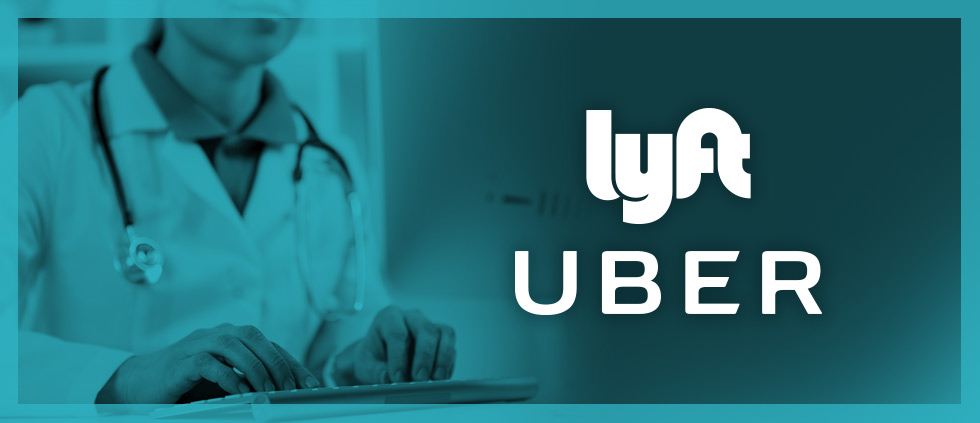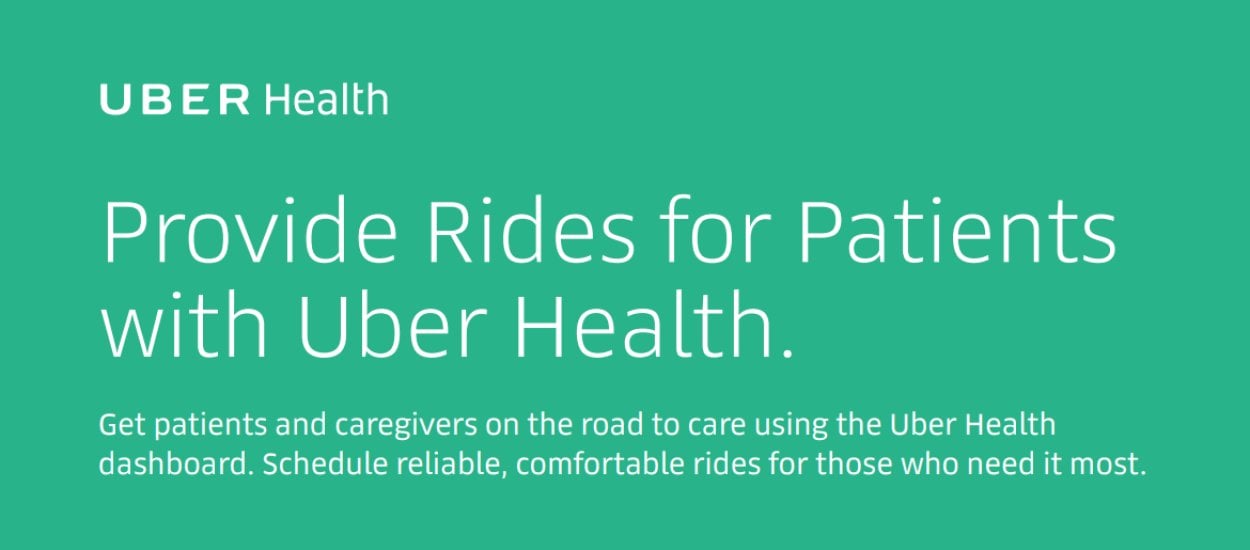

“Our pharmacy teams will continue to play a trusted and essential role in helping to keep people protected from COVID-19, including getting people vaccinated, tested and treated as safely, equitably and effectively as possible.”Įligible patients must have a Paxlovid prescription from a healthcare provider. “The COVID-19 pandemic has exacerbated health disparities and emphasized the need to address long-standing barriers, including access to treatments,” said Anita Patel, PharmD, vice president, pharmacy services development, Walgreens. This steady rise in cases reinforces the critical need for access to life-saving treatments. According to Walgreens COVID-19 Index data, overall positivity rates reached 36 percent this week i. This initiative is aimed at increasing access to COVID-19 treatment, with a focus on reaching those in socially vulnerable or medically underserved areas at a time when COVID-19 cases are beginning to rise again across the United States. With more than 8,000 Walgreens locations offering same day delivery services, available to anyone who lives within 15 miles of participating Walgreens locations, the majority of Americans have access to this program, about 92% of the population.

#UBER HEALTH FREE#
Anjalee Khemlani there for us.DEERFIELD, Ill., DecemToday, in partnership with DoorDash and Uber, Walgreens announced free delivery of Paxlovid, a COVID-19 oral antiviral therapy, directly to the doorsteps of those who need it. RACHELLE AKUFFO: They're making things more convenient for consumers. That could be one other angle for the company to pursue. But it really is going to be one to watch and how employer health benefits, either use this or plan or add it to their employee benefits. So we'll just have to see how it rolls out. Really helping to reduce how costly it is and the lack of access issues that plague the health system for those who do not have access. She said in a quote that this product is really going to be able to help the total cost of the system. And I had a chat with the CEO of Uber Health Caitlin Donovan. So the company really seems to be angling into getting those health care dollars and successfully doing so this way.

And the timing is perfect as some of these are covered services. And what's interesting about the launch now is that when it first thought this through, they didn't really have the infrastructure for billing payers that health insurers and government like Medicare and Medicaid.īut now, they do. We know now, of course, delivery and on demand is really ramping up. And puts it in a pretty competitive space. And this really broadens the sphere of what Uber can do. Now, they've added groceries and over-the-counter products to the list. This helps with specifically allowing access to individuals who have lack of access to transportation or just are incapable of getting to any local location.

They then subsequently launched a prescription arm to get prescriptions to the doorstep. So as of now, the Uber Health arm has been pushing the rides for appointments for patients, partnering with hospitals, and the like. But this really pushes it one step further because they're tapping into the Uber Eats portfolio that they have and expanding on that. And, of course, we've seen companies like Instacart and Shipt really expand their offerings when it comes to groceries and over-the-counter type of things that you would find in a grocery store. The company is pursuing the idea that they can deliver anything to. But it really has been almost 10 years in the making.


 0 kommentar(er)
0 kommentar(er)
